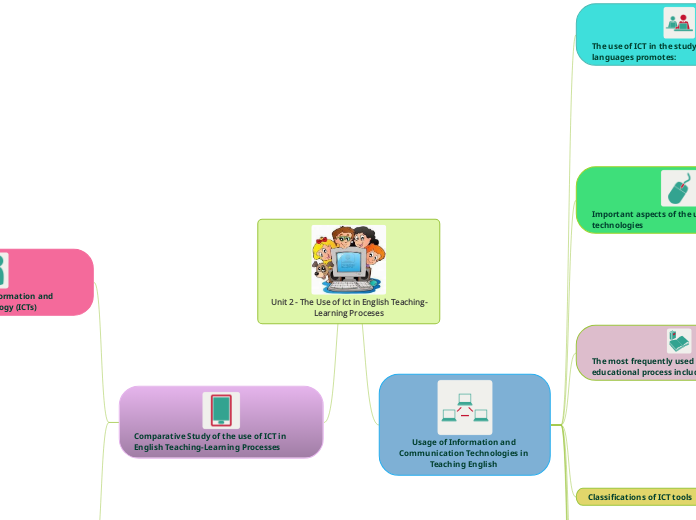
Unit 2 - The Use of Ict in English Teaching-Learning Proceses
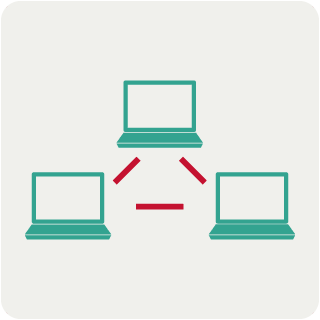
Usage of Information and Communication Technologies in Teaching English

The use of ICT in the study of foreign languages promotes:
Development of creative possibilities and abilities of students
Creating conditions for self-education of students in the areas of interest to them
Increasing the level of using visibility in the lesson
Improving the productivity of the lesson
Establishment of interdisciplinary connections
The acquisition of real experience of intercultural education
Enriching students’ knowledge about history and culture of other countries of the target language.
Developing the ability to navigate in modern foreign language environment

Important aspects of the use of technologies
Information and communication technology (ICT) is a set of tools and methods for transforming information data to obtain information of a new quality
Information and communication technologies represent a wide range of digital technologies used for the creation, transmission and distribution of information and the provision of services.
Example:
Computer equipment, software, cellular, electronic mail and satellite technologies, wireless and cable networks, multimedia, and the Internet
Pedagogical (educational) technology is a functional system of all components of the pedagogical process, it is built on a scientific basis, programmed in time and space, leading to results
Example:
Dogmatic, reproductive, explanatory and illustrative, coercion, free choice, programmed education, problematic, search, research, developmental, self-development, group,
collective, informational, dialogical, communicative, interactive, game, labor, creative, art technologies
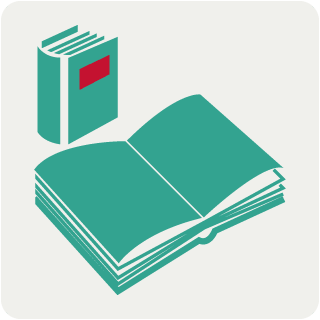
The most frequently used ICT tools in the educational process include:
Electronic textbooks
Electronic encyclopedias and reference books
Simulators and testing programs
Educational resources of the Internet
DVD and CD discs with pictures and illustrations
Video and audio equipment
Multimedia presentations
Research works and projects.
Classifications of ICT tools

Hardware
Computer, printer, scanner, camera, video camera, audio and video recorder, etc
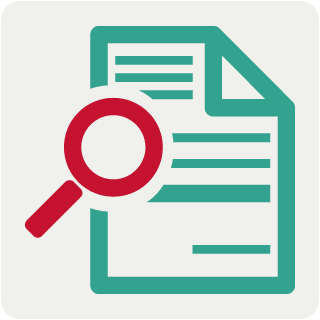
Software
Electronic textbooks, simulators, test environments, information sites, Internet search
engines, etc.
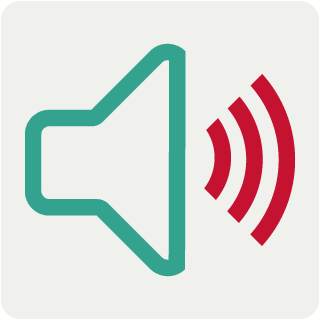
Information and communication technologies acquire great importance
They develop motivation in English lessons
It provides flexibility in the management of educational activities
It helps in choosing the best training option
It Helps build reading skills and abilities
It improves writing skills
It improving lexical and grammatical skills through training with the help of programs, games, tests
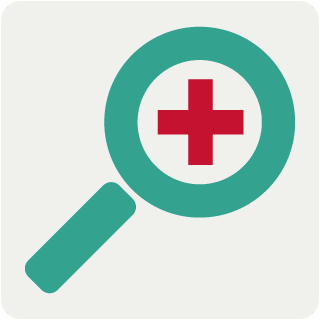
Digital tools for the creation of didactic activities
The Quizlet.com
Service provides the ability to create interactive learning cards (flashcards) and learning games.
LearningApps.org.
This interactive resource allows you to develop tasks in different modes: “Puzzles”, “Set the sequence”,
Prezi.com web service
Teachers can create interactive multimedia presentations with a non-linear structure.

Classification of games used in foreign language lessons (FL)
Didactic on-line games
Which should include grammatical, lexical, phonetic and spelling games that contribute to the formation of speech skills for students
On-line creative acting, role-playing
Is one way interactive teaching foreign languages. Concepts such as role play, simulation, drama and acting are often used interchangeably, but in reality they have different meanings.
CONCLUSION
The information-communication technologies can be used effectively for familiarization, training and consolidation of new linguistic knowledge, abilities, skills, as well as at the stage of their control.
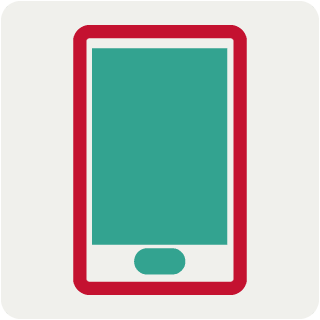
Comparative Study of the use of ICT in English Teaching-Learning Processes
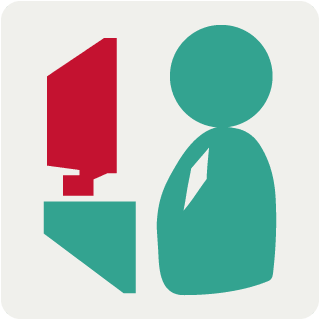
Advantages of using information and communication technology (ICTs)
ICT provides rich banks of resources & information
ICT provides a sense of modernity and progress for teachers and learners.
ICT offers multimedia capabilities.
ICT can pay the way for individualised learning.
ICT facilitates distance learning.
ICT makes individualised feedback
ICT encourages communication.
ICT can be used very interactively.
ICT gives learners and teachers opportunities for endless repeatablility and patience.
ICT can be used whenever and wherever learners and teachers wish.
ICT can be motivating
ICT offers high face-validity.
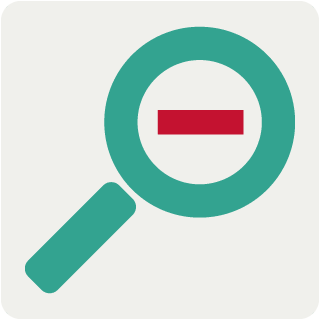
Disadvantages of using information and communication technology (ICTs)
A lot of time and energy need to be spent on learning how to use ICT effectively
Teaching and learning can be negatively affected by what can be called "computerized classroom syndrome"
It can sometimes be very difficult to measure the "effectiveness" of practices
In some areas there may still be limited computer access
While using ICT technical problems can sometimes be very annoying and computers can crash frequently.
ICT can take learners too far in individualised learning and create isolation
Getting "intelligent" feedback from computers can be indeed difficult
The "wow" factor involved in using ICT can be a distraction form actual learning targets
ICT suits some communication skills more than others
ICT use can lead to major changes in teacher‘s role, which may not always be positive
